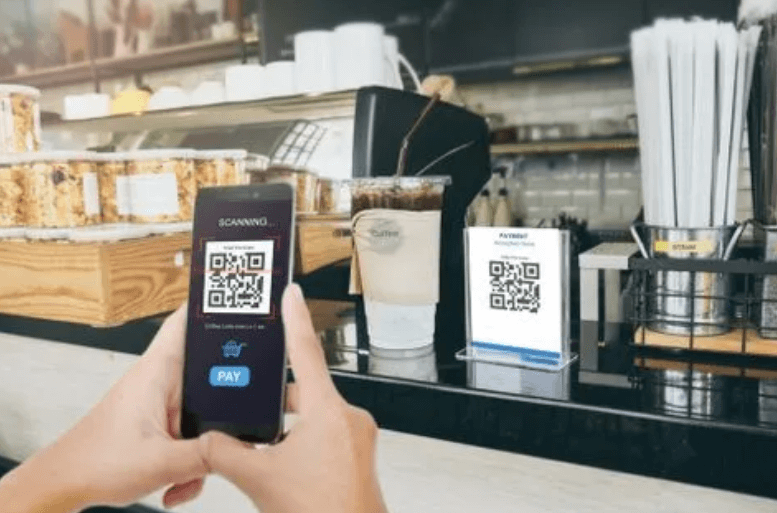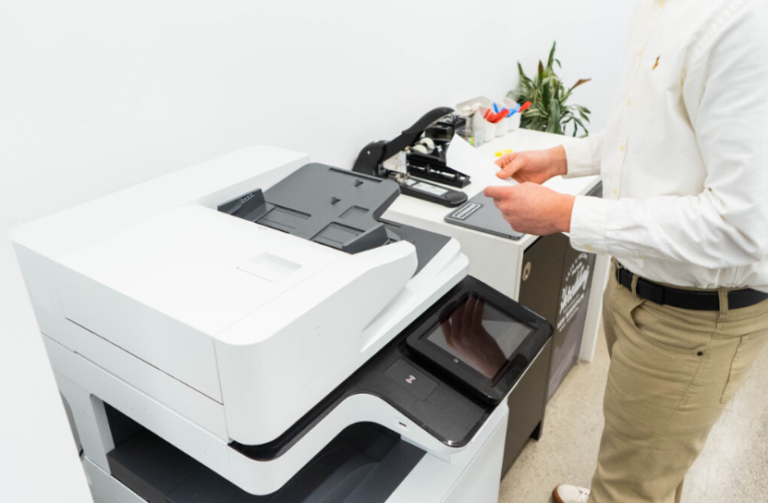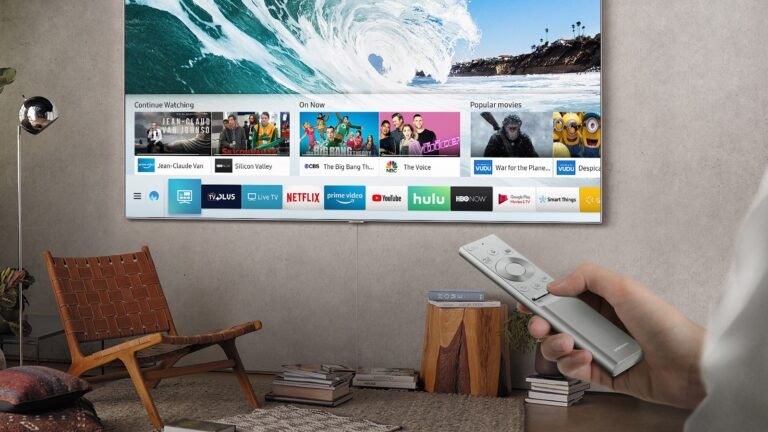The Ultimate Guide to Understanding QR Codes

QR codes have become an integral part of our daily digital interactions. From restaurant menus and payment systems to advertising and product packaging, QR codes are everywhere. But what exactly are they, how do they work, and how can they benefit businesses and individuals alike?
In this ultimate guide, we will break down everything you need to know about QR codes, including their history, types, applications, how to create them, and tips for using them effectively.
What is a QR Code?
QR code stands for Quick Response code. It is a type of two-dimensional barcode that can store a significant amount of data. When scanned using a smartphone or QR scanner, it quickly directs users to digital content such as a website, app, contact details, or any other kind of information.
History of QR Codes
QR codes were first created in 1994 by Denso Wave, a Japanese company and a subsidiary of Toyota. Originally created to track automotive parts during manufacturing, their use has since evolved dramatically. The ability to store large volumes of information and scan quickly made them ideal for various industries.
How Do QR Codes Work?
QR codes store data using patterns of black squares on a white background. These squares can encode information both horizontally and vertically, which is why QR codes can store much more data than traditional barcodes.
When you scan a QR code with your phone’s camera or a special app:
- The scanner reads the pattern.
- It interprets the data.
- You are automatically redirected to the intended content (URL, text, contact info, etc.).
See also: Vietnamese and German: A Dual Localization Strategy for Global Business Growth
Types of QR Codes
There are two main types of QR codes:
1. Static QR Codes
- Fixed data once generated.
- Ideal for permanent information.
- Examples: Wi-Fi credentials, product info, contact details.
2. Dynamic QR Codes
- Editable after generation.
- Better tracking and analytics.
- Examples: Marketing campaigns, event invitations, changing URLs.
Common Uses of QR Codes
QR codes are versatile and are used in a variety of industries:
1. Marketing and Advertising
- Direct users to websites, promo pages, or discount codes.
- QR codes on posters, flyers, and digital ads boost engagement.
2. Retail and E-commerce
- Provide product information or reviews.
- Enable mobile payments.
3. Restaurants and Hospitality
- Digital menus.
- Contactless ordering and payment.
4. Events and Ticketing
- Easy access to event details.
- Paperless ticketing system.
5. Healthcare
- Patient records access.
- Medicine information and usage instructions.
6. Education
- Share learning materials.
- Promote interactive content.
Benefits of Using QR Codes
1. Convenience
Instant access to information with a simple scan.
2. Cost-Effective
QR codes are free or very low-cost to generate.
3. Versatility
They can be used in print and digital formats.
4. Trackable (Dynamic QR)
Monitor scans, location, time, and device used.
5. Eco-Friendly
Reduces the need for printed materials like brochures and menus.
Best Practices for Using QR Codes
1. Ensure High Contrast
Black code on a white background is most readable.
2. Test Before Publishing
Scan your QR code using multiple devices to ensure it works.
3. Use a Clear Call-to-Action (CTA)
Tell users what to expect: “Scan to view our menu” or “Scan to get a discount.”
4. Avoid Overloading with Data
The more data, the denser the code. This may affect readability. Use dynamic codes for long URLs.
5. Print in a Sufficient Size
At least 2×2 cm is recommended for readability on print materials.
6. Keep It Accessible
Place codes where they’re easy to scan (not too high or low).
Are QR Codes Safe?
Yes, but like any technology, they can be misused. Always:
- Avoid scanning random QR codes in public.
- Use scanners that show the URL before opening it.
- For businesses, use trusted QR generators.
Future of QR Codes
With the growing shift toward contactless experiences, QR codes are likely to expand into:
- Smart packaging
- Digital identity verification
- Blockchain integration
- IoT (Internet of Things) applications
As smartphone adoption and mobile connectivity continue to rise globally, QR codes are expected to remain a key component of the digital experience.
Conclusion
QR codes are more than just a tech trend—they are a powerful, cost-effective, and user-friendly way to bridge the physical and digital worlds. Whether you’re a business owner looking to engage customers, a teacher sharing educational material, or a marketer tracking campaign performance, understanding how to use QR codes effectively can give you a significant advantage.
With their widespread accessibility and growing popularity, now is the perfect time to embrace QR code technology and use it creatively in your personal or professional life.






